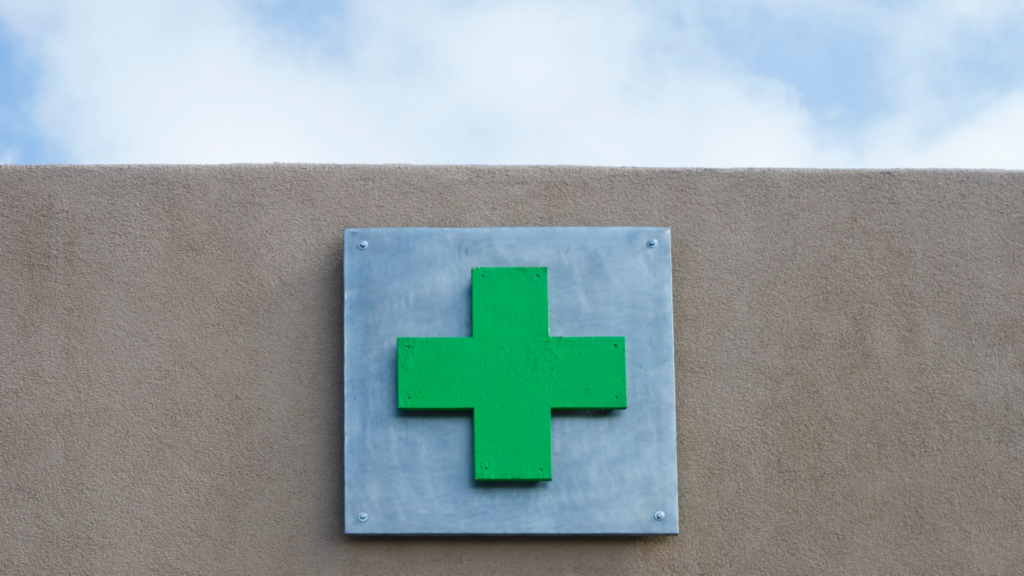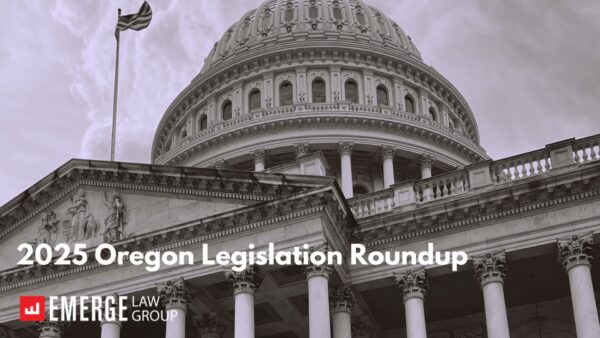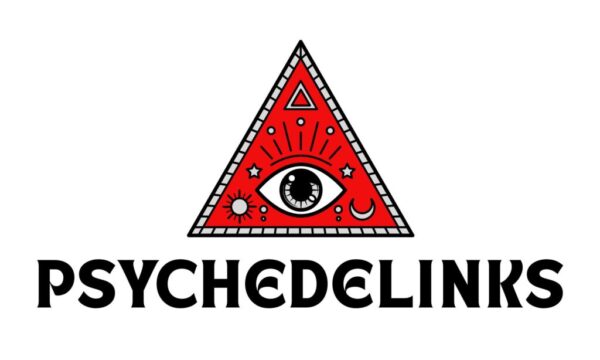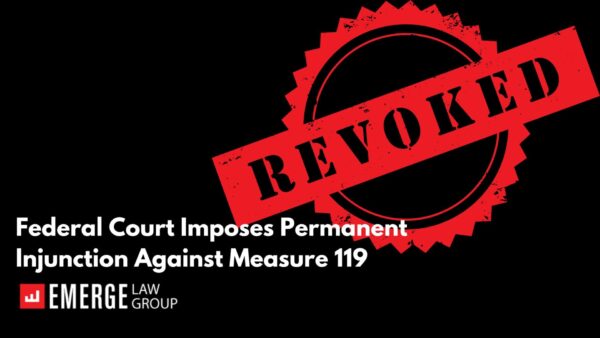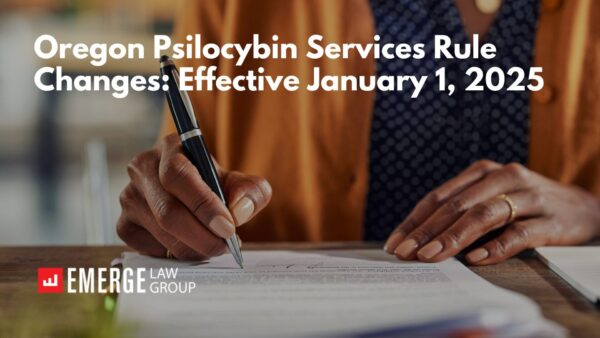There are significant changes to the Oregon Medical Marijuana Program that will take effect on October 1, 2016. In recent blogs we have covered: (1) labeling; (2) packaging; and (3) processor registration. What do these changes mean for Oregon dispensaries? Below are a few tips for dispensaries preparing for the upcoming rule changes.
1. Identify your top-selling products.
If you own or run a dispensary, evaluate your sales history and identify your top-selling products. By focusing on your main sources of revenue, you can hopefully prevent significant disruption to your inventory supply and cash flow.
2. Evaluate whether your top-selling products currently comply with October 1 labeling and packaging requirements.
Once you identify your top-selling products, evaluate whether those products meet the new packaging and labeling requirements. The sale of marijuana flowers and other items in exit packaging may not be affected. However, the sale of concentrates, extracts, edibles, and other infused products that are generally delivered to dispensaries pre-packaged and labeled will most likely be impacted.
Current Inventory
On and after October 1, if a dispensary has a product in inventory that does not meet the new labeling requirements, under OAR 333-007-0010(5) the dispensary will be required to:
- transfer/return the non-compliant item; or
- if the item cannot be returned – for example, if the vendor cannot be located – dispose of the item in a manner specified by the OHA.
Future Inventory
On and after October 1, a dispensary may not accept any products that do not meet the new labeling and packaging requirements. Ask your vendors that supply pre-packaged and labeled products whether their products comply with the new labeling and packaging requirements. The OLCC has told us that relatively few labels have been submitted for pre-approval. With only one exception (which is explained below), all labels must be pre-approved by the OLCC. If you anticipate a potential disruption in inventory supply, try locating vendors who will likely be compliant by October 1.
Generic Labels
A label that provides only the necessary information required by the rules – and no graphics, photographs, or logos – is considered a “generic” label and requires no pre-approval by the OLCC. You are not required to provide notice to OLCC that you will use a generic label. Consider whether use of generic labels could be a temporary solution.
3. Talk to your extract, concentrate, and edible suppliers about the status of their OHA registration.
On and after October 1, a registered dispensary may accept only a transfer of edibles, concentrates, or extracts from an OHA-registered medical marijuana processing site. Ask your processor vendors about the status of their OHA registration. You can also continue to check the OHA Pending Processor list.
The rules do not prohibit sales of edibles and concentrates that were taken into inventory from a non-registered processor prior to October 1, or extracts that were taken into inventory from a non-registered processor prior to March 1, 2016. Dispensaries may consider purchasing edibles and concentrates from non-registered processors prior to October 1. In contrast, at this time all extracts must come from processors on the OHA Pending Processor list. Regardless of how this rule affects you, if a product in your inventory does not meet the new labeling and packaging requirements, you may not sell it to a consumer (see above).
4. Testing
Beginning October 1, a dispensary may not accept or sell a marijuana product that has not been tested by a laboratory accredited by ORELAP and licensed by OLCC (with one exception explained below). A list of accredited and licensed laboratories will be made available on the OMMP laboratories web page. Currently, no such labs are listed but the OLCC announced today that the first two labs have been certified and licensed.
With respect to inventory accepted by a dispensary prior to October 1, a dispensary may transfer such marijuana items to a patient or caregiver until January 1, 2017 if the item is labeled with the words “DOES NOT MEET NEW TESTING REQUIREMENTS.” These words must be bold, in all capital letters, and at least 12 point font, and the label must be easily seen by the patient or caregiver. We also read this mean that recreational customers may only be sold items tested under the new rules, but we to confirm this with OHA.
Given the current number of accredited and licensed labs, dispensaries should plan their inventory purchases accordingly. In addition, we recommend affixing the necessary disclaimer labels well before October 1.
5. Do You Need an ODA License?
On and after October 1, a dispensary that sells or handles edibles must be licensed by the Oregon Department of Agriculture (ODA). Check our blog later this week for more information on the ODA’s licensing process.
If you have any questions or concerns about what to do with marijuana items that do not comply with packaging or labeling requirements or about our tips, please do not hesitate to contact a compliance attorney. We are here to help.
